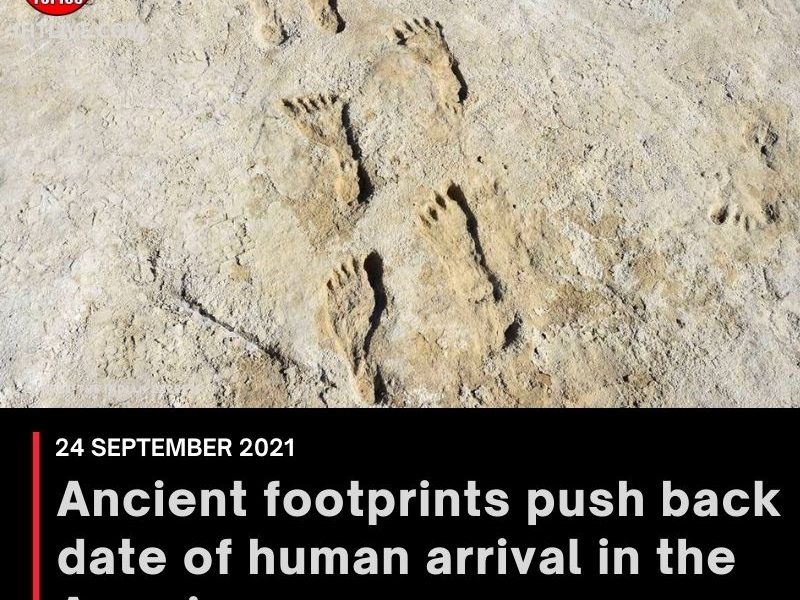Footprints dating back 23,000 years have been discovered in the United States, suggesting humans settled North America long before the end of the last Ice Age, research published Thursday showed.
The findings push back the date at which the continent was colonized by its first inhabitants by thousands of years. The footprints were left in mud on the banks of a long-since dried-up lake, which is now part of a New Mexico desert.
Sediment filled the indentations and hardened into rock, protecting evidence of our ancient relatives, and giving scientists a detailed insight into their lives. “Many tracks appear to be those of teenagers and children; large adult footprints are less frequent,” writes the authors of the study published in the American journal Science.
“One hypothesis for this is the division of labor, in which adults are involved in skilled tasks whereas ‘fetching and carrying’ are delegated to teenagers. “Children accompany the teenagers, and collectively they leave a higher number of footprints.”
Researchers also found tracks left by mammoths, prehistoric wolves, and even giant sloths, which appear to have been around at the same time as the humans visited the lake. The Americas were the last continent to be reached by humanity.
For decades, the most commonly accepted theory has been that settlers came to North America from eastern Siberia across a land bridge — the present-day Bering Strait.
News Source : Nature

